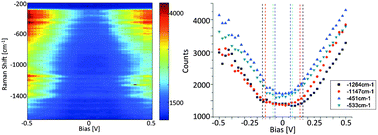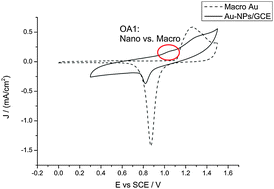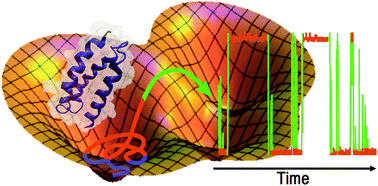Scientists from the USA suggest that plant-derived volatile organic compounds are more likely to react with OH at the air-water interface than inside the bulk of water droplets or in the vapour phase. They carried out molecular dynamics simulations of an organic compound in green leaf volatiles, MBO, and OH radicals at air-water interfaces bringing new insight into their absorption behaviours.
Green leaf volatiles are oxygenated hydrocarbons that are emitted by plants, especially under stress conditions such as mechanical damage and local weather changes. MBO is an unsaturated alcohol which is emitted in large quantities by some species of pine and can be oxidised by radicals including OH. MBO and other green leaf volatiles can be a source of secondary organic aerosols in the atmosphere, which play an important role in climate. Currently secondary organic aerosols are not well understood, and are an important factor in the smog-fog-smog cycle.
Read more in this HOT PCCP article:
Molecular simulations of green leaf volatiles and atmospheric oxidants on air/water interfaces
Thilanga P. Liyana-Arachchi, Christopher Stevens, Amie K. Hansel, Franz S. Ehrenhauser, Kalliat T. Valsaraj and Francisco R. Hung
DOI: 10.1039/C3CP44090G














